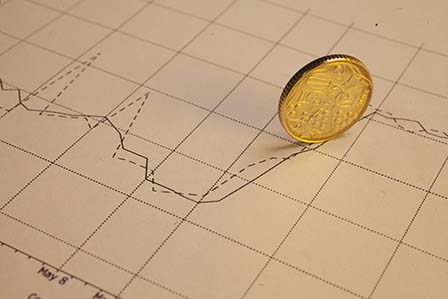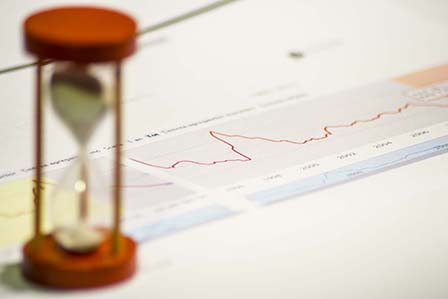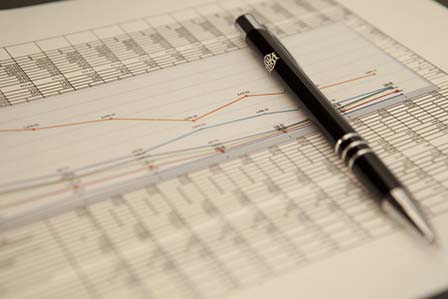Добро пожаловать на официальный сайт Национального банка Молдовы!
×
У вас хорошее зрение, и вы хотите отключить этот инструмент?
У вас хорошее зрение, и вы хотите отключить этот инструмент?
Программа приема граждан руководством Национального банка Молдовы.
Регистрация на аудиенцию осуществляется на основании письменного обращения по рассматриваемой теме.
Анка Драгу, президент
Владимир Мунтяну, первый вице-президент
Татьяна Иваничкина, вице-президент
Константин Шкендра, вице-президент
Добро пожаловать на официальный сайт Национального банка Молдовы!
Если вы хотите отправить сообщение (вопрос или предложение) в режиме "on-line", перейдите в раздел "Обратная связь" в главном меню в верхней части сайта.
Вы можете выбрать один из наиболее востребованных отчетов из списка:

Национальный банк и члены его руководящих органов независимы в осуществлении своих функций, установленных настоящим законом, и не могут обращаться за указаниями и получать таковые от органов публичной власти или какого-либо иного органа.

Стратегия денежной политики НБМ на среднесрочный период предусматривает поддержание количественного объектива инфляции на уровне 5.0% с возможным отклонением ± 1.5 процентных пункта – оптимальный уровень для устойчивого экономического роста и развития Республики Молдова на среднесрочный период.

Национальный банк обладает исключительным правом эмиссии на территории Республики Молдова банкнот и монет в качестве платежного средства.

Национальный банк обладает исключительным правом лицензирования, осуществления надзора и регулирования деятельности финансовых учреждений.

Национальный банк имеет право покупать, продавать и негоциировать иностранную валюту, используя активы, покупать и продавать казначейские обязательства и другие ценные бумаги, выпущенные или гарантированные правительствами иностранных государств и международными финансовыми публичными организациями.

Национальный банк осуществляет надзор за системой платежей в республике и способствует стабильному и эффективному функционированию автоматизированной системы межбанковских платежей.

Национальный банк является самостоятельным публичным юридическим лицом и несет ответственность перед Парламентом.

Национальный банк информирует общественность о динамике годовой инфляции, о стратегии денежной политике, результаты макроэкономического анализа, анализа развития финансового рынка и статистическую информацию, в том числе относительно денежной массы, предоставления кредитов, платежного баланса и положения на валютном рынке.

Национальный банк проводит экономический и денежный анализ, составляет платежный баланс, международную инвестиционную позицию и разрабатывает статистику внешнего долга Республики Молдова.
Веб-сайт www.bnm.md приоритизирует безопасность данных и использует файлы cookie для улучшения опыта просмотра и комфорта пользователя. Принятие использования файлов cookie повышает скорость работы страницы и обеспечивает нормальное функционирование модулей представления информации. Отказ от использования файлов cookie может замедлить загрузку сайта и затруднить плавную навигацию между страницами. Подробнее в Политике использования файлов cookie.
Inflation Report no.3, August 2013
The business cycle is the upward and downward movements of levels of GDP and refers to the period of expansions and contractions in the level of economic activities around its long-term growth trend. These fluctuations typically involve shifts over time between periods of relatively rapid economic growth (expansion), and periods of relative stagnation or decline (recession).
Business cycles are usually measured by considering the growth rate of real gross domestic product and these fluctuations in economic activity are not regular or mechanical.
Due to the slow adjustment of nominal rigidities, the economic cycles are possible, so that the monetary discrepancies that may affect only the demand lead to causing fluctuations in economic activity. Fluctuations can be explained by the markets that are not without imperfections and asymmetries. The shocks that can impact business cycles are technological shocks and the aggregate fluctuations are generated by the optimal decisions of businesses and households.
Business cycles present deviations of real output from its long term trend.
Macroeconomic variables can have multiple types of actions on business cycles. Classification of macroeconomic variables in relation to their relationship with business cycles has the following form:
Table no.1. Macroeconomic variables relationship with business cycles
|
Variable |
Direction |
|
Production Industrial production Sustainable industrial goods are more volatile compared to Consumer goods and services |
Procyclical |
|
Expenses
Investments are more volatile than consumption |
Procyclical
|
|
Labor market variables
|
Procyclical |
|
Money supply and Inflation
|
Procyclical |
|
Financial variables
|
Procyclical |
Республика Молдова, MD-2005, Кишинэу,
бульвар Григоре Виеру 1
© Национальный банк Молдовы
Условия использования


